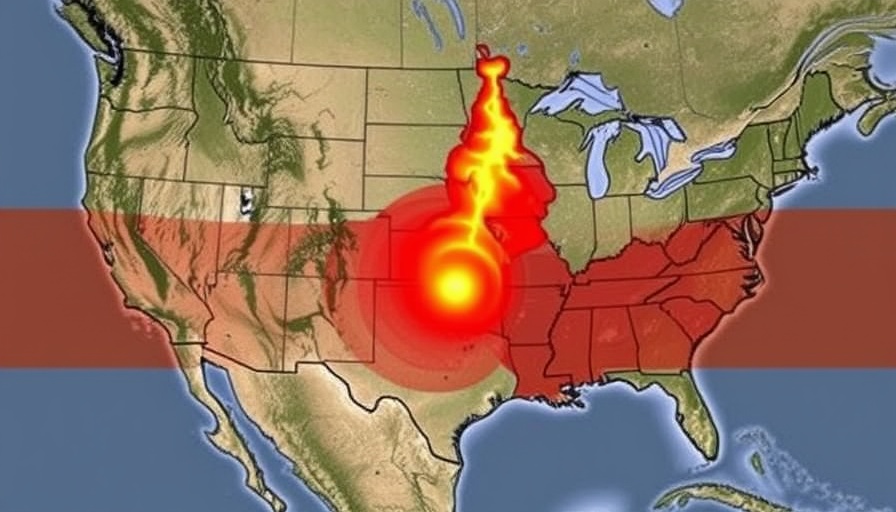
Seismic Threats on the West Coast: A Waking Giant
The recent study from Oregon State University has raised alarms about the potential for back-to-back earthquakes along two of the most notorious fault lines in North America—the Cascadia subduction zone and the San Andreas fault. This seismic synchronicity could lead to catastrophic consequences across the West Coast of the U.S. and beyond.
Decoding the Dangers: Cascadia and San Andreas Correlation
Dr. Chris Goldfinger, a marine geologist and lead author of the study, emphasized that while the Cascadia fault has long been viewed as the primary threat, the potential for simultaneous ruptures on both fault lines could create a scenario more devastating than previously imagined. The historical analysis revealed that there have been instances where earthquakes on the Cascadia and San Andreas faults occurred mere minutes to hours apart. The geological findings suggest that these back-to-back temblors are more likely than previously believed.
An Eye on History: Learning from the Past
In a compelling revelation, researchers connected the possibility of synchronized seismic events to significant earthquakes in the past, notably one occurring in 1700. This event was not only catastrophic in mega-quake terms (a magnitude 9.0) but also produced a tsunami that had an immediate, far-reaching impact across the Pacific. What adds to the complexity is the disruption this could cause to emergency response systems—if both faults were to rupture simultaneously, cities like San Francisco, Seattle, Portland, and Vancouver could all be overwhelmed at the same time.
What This Means for Property Buyers in Dumfries
For homebuyers, sellers, and investors in areas particularly in Dumfries, understanding this seismic threat can shape property values and safety considerations. Properties constructed prior to modern seismic safety standards may not withstand such powerful earthquakes, which could lead to both safety hazards and a significant decrease in property values. As such, an informed approach to buying a home includes considering nearby geological hazards.
Action Steps: Preparing for the Worst
Emergency preparedness is paramount. State officials emphasize the importance of having an action plan in case of an earthquake. Homeowners should consider conducting an earthquake safety assessment and retrofitting homes where necessary. Furthermore, understanding local emergency protocols can provide peace of mind and better preparedness in the event of a significant seismic event. Resources such as building codes and local hazard assessments can prioritize safety, thereby safeguarding investments.
Paving the Way for Sustainable Living Amidst Natural Risks
As the threat of earthquakes looms, it’s equally important to think sustainably. Eco-friendly material choices and innovative construction techniques can contribute to environmentally responsible homes that also incorporate safety features. Building a sustainable home means investing in designs that not only embrace modern aesthetics but are resilient against natural disasters.
As property investors and buyers evaluate these considerations, they should align their investment strategies with sustainable practices that marry style with inherent safety features. Such insights come from understanding both ecological thereat and market trends.
What’s Coming Next? Experts Weigh In
As studies like Goldfinger’s reveal more about fault interactions, researchers note that there’s much to learn about how we can better prepare for these geological giants. The anticipated timeline for the next major earthquake ranges from mere decades to a couple of centuries. This uncertainty should serve as motivation for proactive planning, building sustainable communities while also prioritizing disaster resilience.
Conclusion: Build Future-Ready Homes Today
As seismic threats compel us to rethink how we build, equity in understanding these risks can also foster community resilience. By staying informed and prioritizing eco-friendly safety solutions, homeowners can not only protect their investments but create thriving living spaces in a naturally challenging environment.
 Add Row
Add Row  Add
Add 





Write A Comment